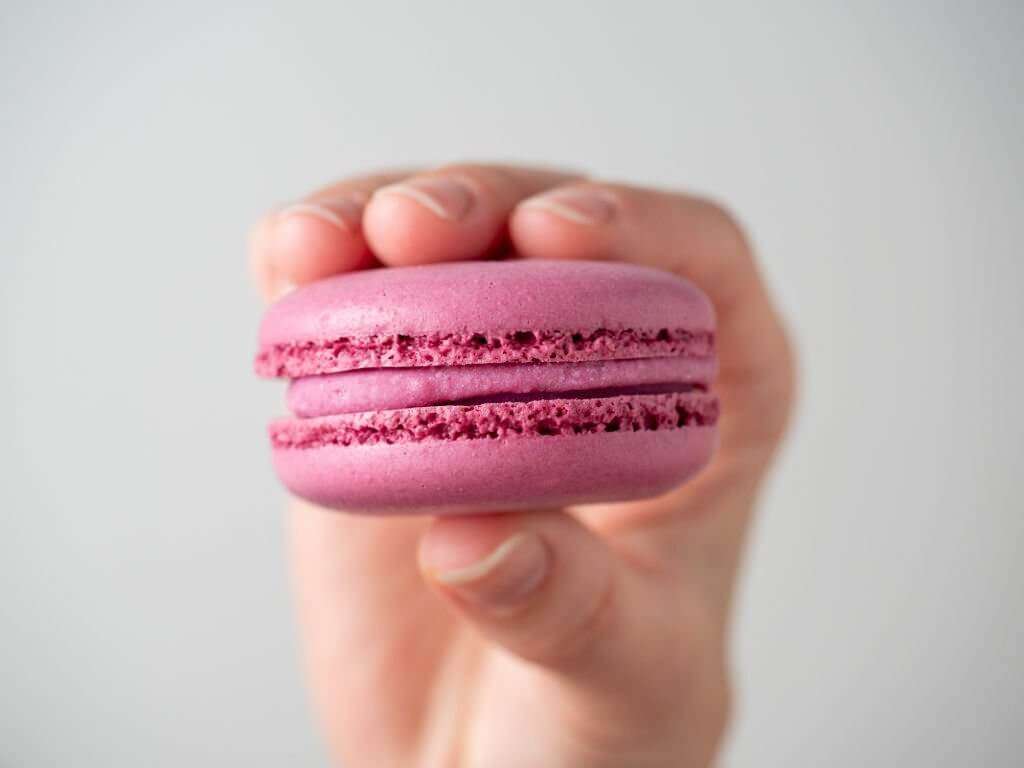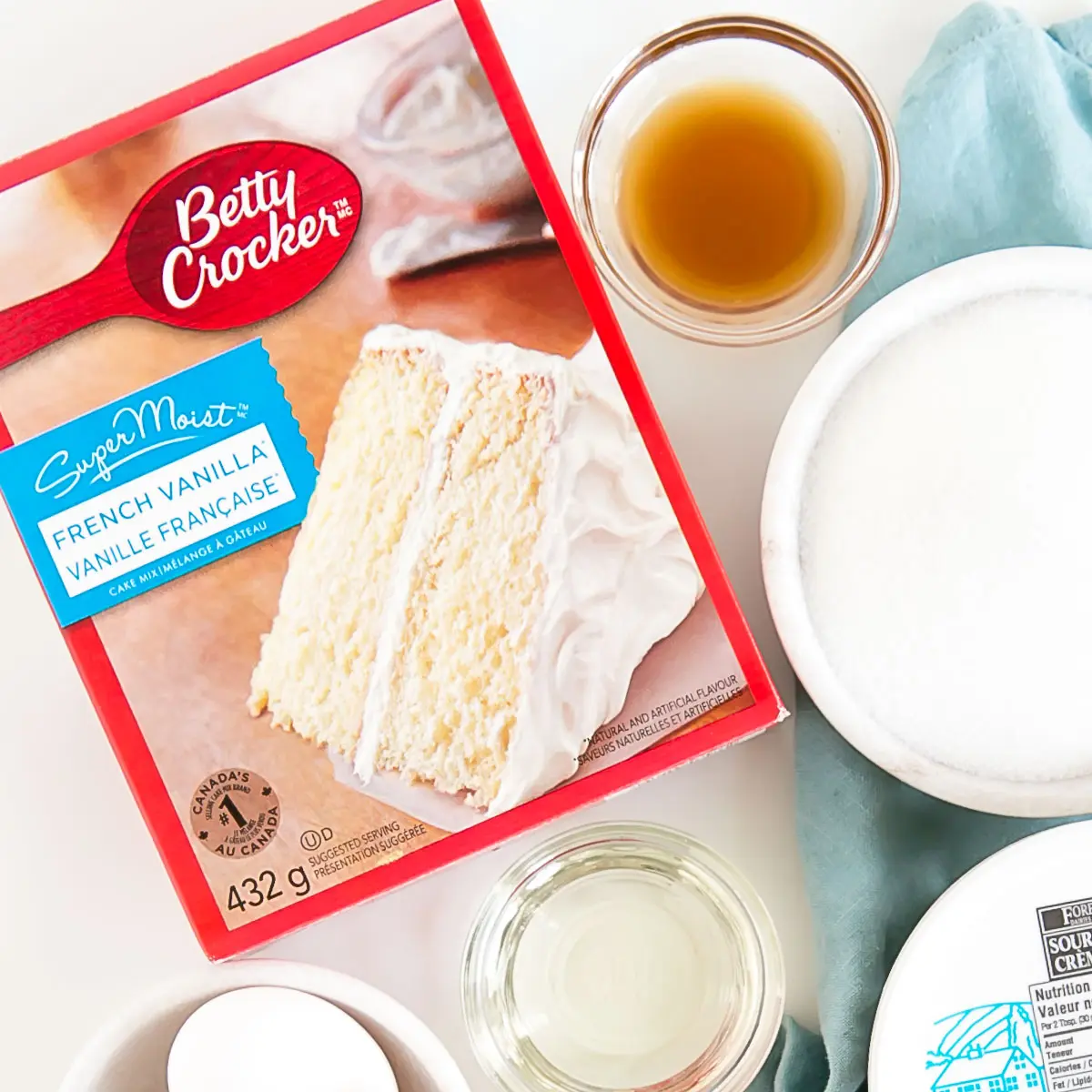If you love baking as much as we do, you have probably heard about yeast being used as a leavening agent for some of our favorite bread recipes. So, what’s all this talk about yeast cake?
Trust us, we were just as surprised when we heard it, and that’s precisely why we are here to demystify this concept for you. So, what is a yeast cake? How is it made? Stick around to find out.
What is a yeast cake?
Often called cake yeast or baker’s yeast, yeast cake is usually a tiny piece of cake made from a mix of yeast cells and starch. Yeast cakes are often used for baking bread, goods, or brewing. It is usually a pastry chef’s favorite type of yeast.
A yeast cake could also be a cake that is made using yeast as a raising agent instead of the usual baking powder or soda.
What does yeast do when mixed into dough?
We know the most basic function of yeast in the dough- as a leavening agent. However, yeast also serves a few other functions that you may not have heard about. Yeast releases carbon dioxide in the dough, which helps it rise and become softer and lighter. Yeast also contributes to the distinct flavor of bread and gives it a much better crust. You can adjust the amount of yeast added for a drastic change in results.
How to use yeast in baking
Baking with yeast is dependent on the recipe and how long it takes to start rising. Therefore, you don’t need to rehydrate it for compressed or fresh yeast (cake yeast) before adding it to your dough. However, active dry yeast needs to be rehydrated before adding it to the dough.
What happens if you use too much yeast?
As mentioned previously, yeast is essential in the chemistry of baking, so you have to be careful with the amounts. Adding too little or too much would definitely affect your treat – and not in a good way.
By adding too much yeast, you would be releasing the carbon dioxide before the flour is ready to expand. This ends up causing the dough to go flat.
Also, letting the dough rise too long will result in a beer-like smell and taste, and it will not grow properly in the oven. Causing a weak crust.
How much dry yeast for 500g flour?
Generally, the yeast you add should be 1% of the flour measurements when making bread. So, for 500g of flour, you should add 5g of dry yeast.
Can you substitute dry yeast for cake yeast?
Yes, you can! Many people substitute dry yeast for cake yeast (and vice versa) in many recipes. Each piece of cake yeast is equivalent to a packet (2½ teaspoons) of dry yeast.
How yeast works in bread
Yeast breaks down the starches and sugars in the flour, turning them into alcohol and carbon dioxide. This carbon dioxide then creates more giant air bubbles, helping the bread rise.
Things you can bake with yeast
When it comes to baking with yeast, you have a wide variety of options. For example, you can make a cake, different loaves of bread and bread rolls, pizza dough, different kinds of buns, donuts, etc.
How to make yeast cake – step by step
Here’s a step-by-step guide on making yeast cake in the comfort of your own home. The process should take about 5 days.
Step 1: Mix 3 tablespoons of all-purpose flour with 3 tablespoons of water in a large bowl until well combined.
Step 2: Cover the paste loosely and leave for 24 hours. Repeat this process for 4 days. On the fourth day, cut out ¼ of your mixture and bin.
Step 3: On the 5th day, your yeast cake should be good to go. Just so you’re sure, pinch off a tiny piece and set it in a bowl of warm water. If it floats, you’re all set.
How to keep a cake from rising in the middle
Sometimes you find that your cakes rise in the middle, and that’s never fun. You can keep this from happening by following these steps.
Step 1: Ensure you preheat the oven to the right temperature before inserting your cake batter. We know it can be tempting to skip that step but don’t. Instead, preheat the oven as directed first.
Step 2: Follow baking instructions carefully. Adding too much or too little of some ingredients can easily affect the chemistry of your cake and lead to uneven rising.
Step 3: Use cake strips or a flower nail. You can find these at stores that sell items used in decorating cakes. Putting the cake strips around the pan will help bake the cake evenly, and the same goes for the flower nail, especially with big cakes. Just spray the nail with cooking spray and insert it in the middle of the cake, all the way to the bottom. It would help bake the cake evenly from the center.
Yeast vs baking powder – Main differences and how each is used
The main difference between yeast and baking powder is that yeast is natural, while baking powder is a chemical product. As such, yeast produces carbon dioxide through a natural process, whereas baking powder does so chemically in an acid-base reaction.
Yeast is used mainly in loaves of bread, rolls, etc. because of how the components react to flour and other ingredients. However, to produce the soft, moist, and crustless cakes most people love, you need an acid-base reaction that you can’t get with yeast. So, you need to use baking powder instead.
Can you bake a cake without baking powder?
Yes, you can. You can substitute baking powder with baking soda, but it depends on the recipe. For example, in specific recipes, you can use baking soda and acid (we prefer using lime juice or vinegar) to substitute baking powder. Or, you can use just baking soda, but in much smaller quantities.




